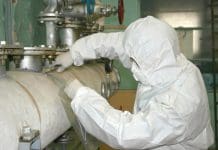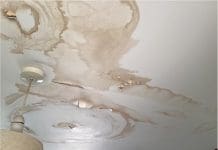The Construction Plant-hire Association (CPA) has launched a good practice guide on the safety aspects of hydraulic pressurising systems using an external energy source for diagnostic purposes.
The publication has been produced following an approach to the CPA by the Assistant Coroner for Warwickshire concerning a fatality caused by a pressurising activity where failure of a hydraulic component from an item of lifting equipment occurred. The CPA was tasked by the Coroner to relay information about the dangers of pressurising hydraulic systems and what procedures should be in place to prevent such an occurrence. In particular, the CPA was asked to promote to industry the availability of the Health and Safety Executive (HSE) published Guidance Note GS4 – Safety Requirements for Pressure Testing.
Although HSE Guidance Note 4 is a comprehensive publication, technical in content and applicable to all sectors of industry, it is biased towards pressure testing activities where the proof-testing of components and systems is undertaken at the manufacturing stage. The CPA’s publication is based on GS4 but tailored for the plant maintenance sector and has been blended towards an educational rather than technical content, aimed at those carrying out the activity as well as those managing the process.
In recognising that the dangers of hydraulic pressurising activities extended beyond the construction plant maintenance sector, the CPA approached the British Fluid Power Association (BFPA), who agreed to assist and provided technical information for the guidance publication.
The new guidance has been divided into three sections – the first section has been written for those carrying out the task in an easily-readable ‘stay-safe’ format whilst the second section has been written for those responsible for managing and supervising the operation. The third section provides the supporting underpinning knowledge relating to the technical content and incorporates a training syllabus produced by the BFPA which outlines the required knowledge, skills and training for those carrying out the operation. For example, the operative needs to have good understanding of relevant formulae and units, and be able to identify and if need be, convert various units of pressure such as Bar and PSI.
This tailored publication supports the technical message of GS4 but is written as a training tool, and further signposts readers to a number of other safety documents and leaflets that deal with the use and maintenance of pressure systems and equipment. The guidance focusses on system and component pressurisation using an external energy source (such as a hand pump) undertaken either in-situ i.e. in its normal place on the machine, or removed from the machine and pressurised externally. Although not specifically aimed at the pressurising of hydraulic system and components using the machine’s own hydraulic pump, many of the documented principles in the publication apply.
Due to the high risks involved, a key message of the publication is that employers should, as a first step, consider utilising organisations that specialise in hydraulic pressure testing who will have the correct equipment and appropriate knowledge to safely conduct the activity.
Colin Wood, Chief Executive of the CPA said: “The original incident involved one of our members, and we felt it was right not just to comply with the Coroner’s instructions but go the extra mile in producing something permanent which maintains awareness to the plant sector both of the dangers and how safe systems of work should be constructed. The format is designed to educate as well as inform. Our Technical Development Manager, Peter Brown, has produced this guidance with support from Members and in liaison with the BFPA, and we are pleased to be able to publish it and make it available to the industry.”
Chris Buxton, Director and CEO of the British Fluid Power Association said: “The job of raising awareness of the risks when using high-pressure equipment and the need to train and educate the associated work force is both challenging and continuous. This CPA document is a major contribution to these efforts and it has been our privilege to have been associated with the CPA in helping bring it to fruition. I would congratulate the CPA and commend the document to all users who carry out these activities.”
As with all CPA guidance documents, the good practice guide on hydraulic pressurising systems can be downloaded free of charge from www.cpa.uk.net/safetytechnicalpublications/



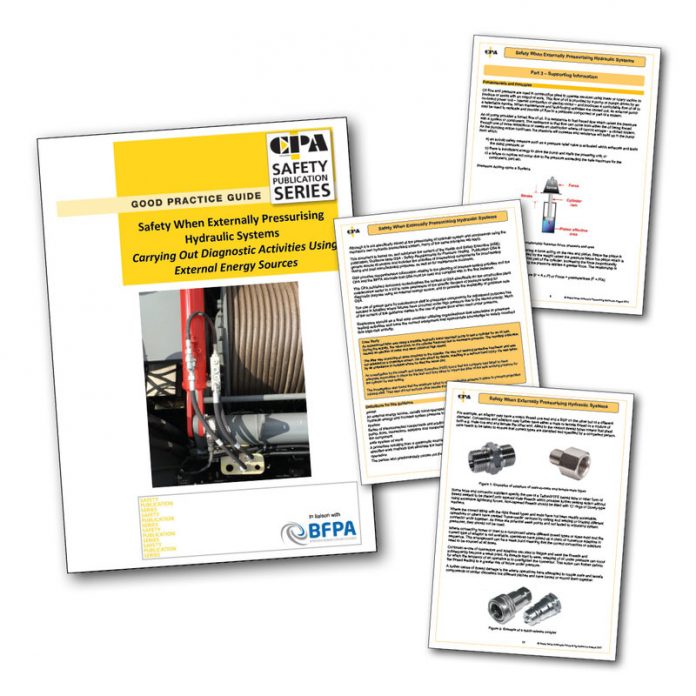

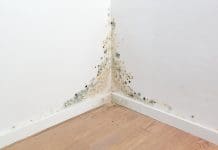
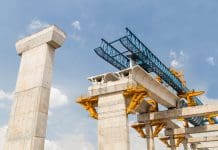

![[VIDEO]What to expect when you’re inspecting: Using DorTrak for fire door inspections](https://www.pbctoday.co.uk/news/wp-content/uploads/2025/02/maxresdefault-218x150.jpg)




